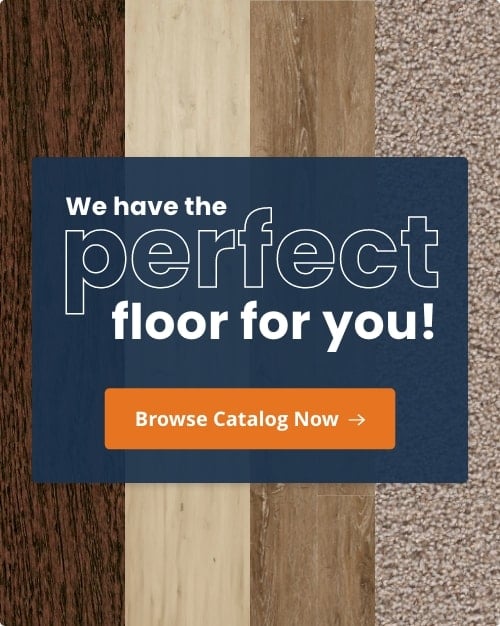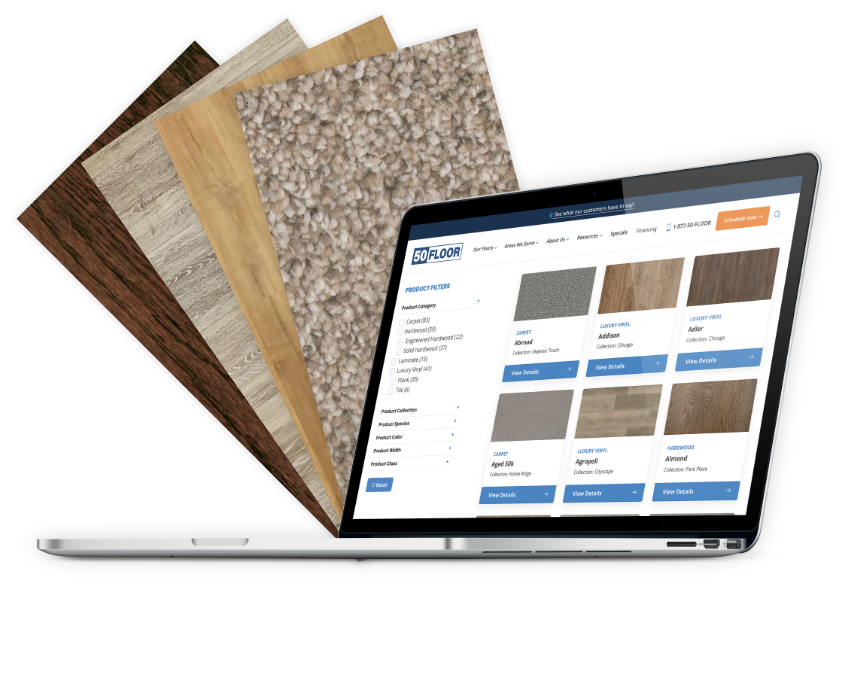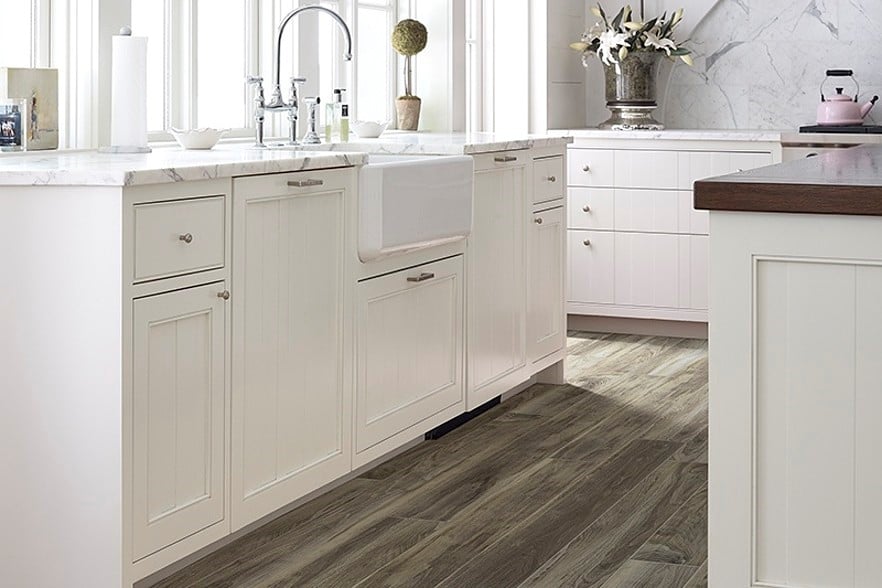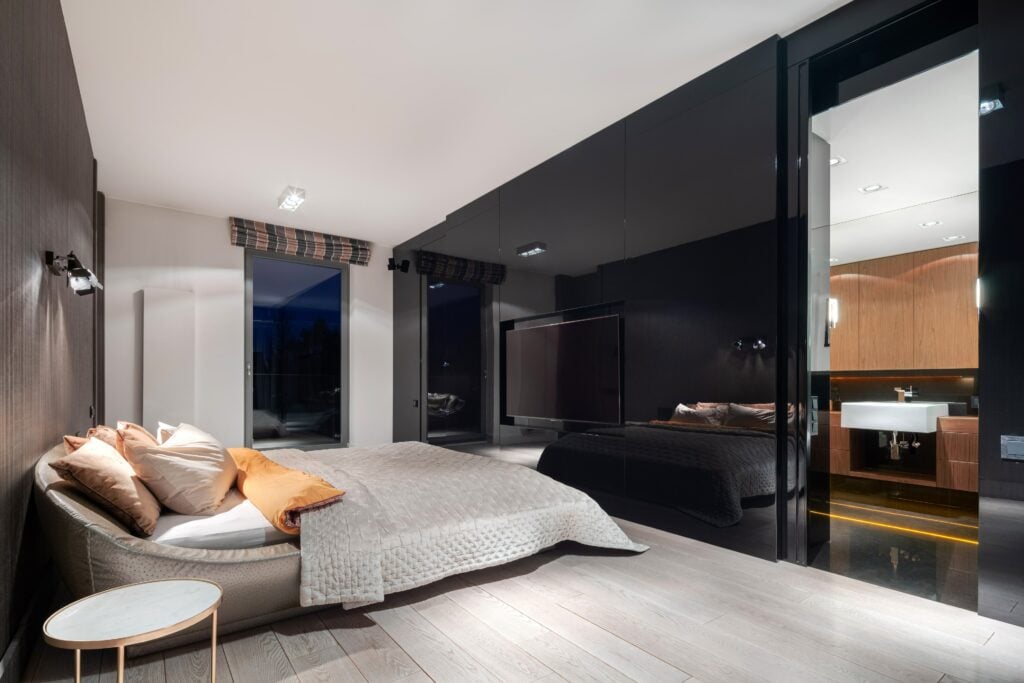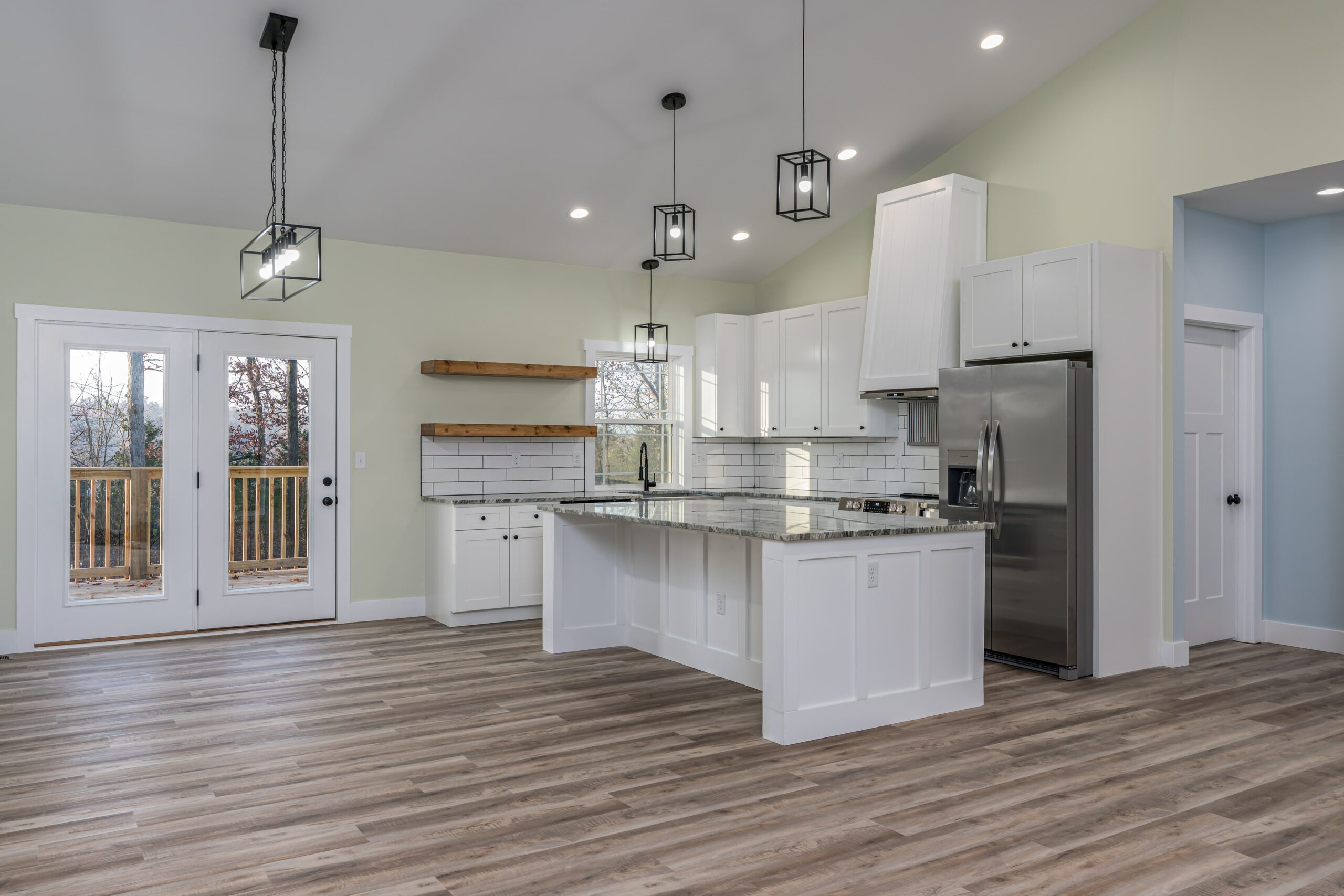While many types of furniture pads are suitable for vinyl flooring, felt and rubber pads are generally the best choices. Felt pads minimize friction and are ideal for furniture that may need to be moved occasionally, while rubber pads provide a secure grip and are better for stationary furniture.
Luxury vinyl flooring is an increasingly popular choice for homeowners due to its durability, aesthetic appeal, and ease of maintenance.
Like any type of flooring, luxury vinyl flooring can suffer from damage if not properly protected, especially from heavy furniture. Indentations, scratches, and tears can mar its surface, reducing its longevity and visual appeal.
This comprehensive guide will walk you through potential damage, preparation, protective measures, best practices for moving furniture, regular maintenance, and additional tips to keep your vinyl flooring looking its best.


Potential Damage from Heavy Furniture
Heavy furniture can cause different types of damage to luxury vinyl flooring, including:
Indentation and Dents
Heavy furniture can leave indentations or dents on the surface of vinyl flooring, especially if the weight is concentrated on small areas like furniture legs. These indentations can be permanent and detract from the smooth appearance of the floor.
Scratches and Scuffs
Movement of heavy furniture can cause scratches or scuffs on the vinyl surface. Even small movements, like shifting a chair slightly, can result in noticeable damage over time.
Tears and Punctures
Sharp edges or points on furniture can puncture or tear the vinyl flooring. This type of damage is particularly difficult to repair and can lead to more extensive issues if moisture seeps into the tear.


Preparation Before Placing Heavy Furniture
Before placing heavy furniture on vinyl flooring, prepare your floor steps to minimize potential damage:
Cleaning the Floor
Clean the floor of dirt and dust by sweeping or mopping.
Assessing the Weight and Distribution of Furniture
Consider the weight of the furniture and how it will be distributed on the floor. Furniture with a broader base or more legs distributes weight more evenly and is less likely to cause indentations.


Protective Measures
Several protective measures can help safeguard your luxury vinyl flooring from the heavy furniture.
1. Use Furniture Pads
- Types of Pads: Furniture pads come in different materials, including felt, rubber, and plastic. Felt pads are soft and minimize friction, rubber pads provide grip to prevent sliding, and plastic pads offer sturdy protection.
- Choosing the Right Pads: Select pads based on the type of furniture and floor interaction. For example, felt pads are ideal for items that need to move occasionally, while rubber pads are better for stationary items.
- Installation: Ensure pads are securely attached to the furniture legs. Regularly check and replace worn pads to maintain effectiveness.


2. Utilizing Furniture Sliders
- Benefits: Furniture sliders make moving heavy furniture easier and prevent damage during relocation. They reduce friction and distribute weight more evenly.
- Using Sliders: Place sliders under each furniture leg before moving the item. For long-term protection, consider leaving sliders in place under heavy, seldom-moved furniture.
3. Place Area Rugs or Mats
- Selecting the Right Rug or Mat: Choose rugs or mats that complement your room’s decor and provide adequate coverage under heavy furniture. Look for non-slip backings to keep the rugs in place.
- Positioning for Maximum Protection: Place rugs or mats in high-traffic areas and under heavy furniture to protect the vinyl floor from direct contact and reduce wear.


4. Using Furniture Coasters
- Types of Coasters: Furniture coasters, similar to furniture pads, are designed to distribute weight and prevent indentations. They come in various materials, including rubber and plastic.
- Installation and Usage Tips: Place coasters under the legs of heavy furniture. Ensure they are the correct size and shape to effectively distribute the weight and prevent slipping.


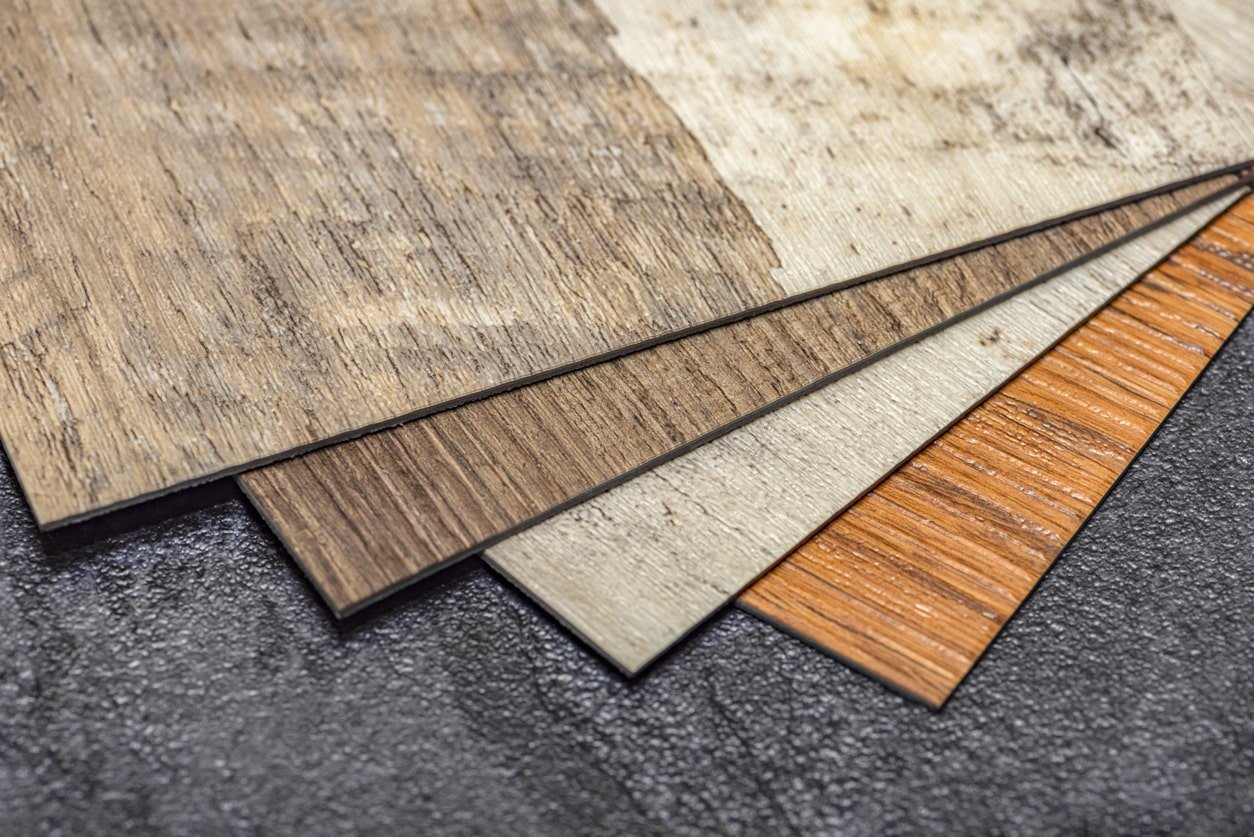

Habits for Moving Heavy Furniture
- Lift furniture instead of dragging. Get assistance for heavy items to prevent strain and potential floor damage.
- Use dollies, sliders, and furniture straps to move heavy furniture. These tools can significantly reduce the risk of scratching or denting the floor.
- Don’t drag furniture across the floor. Even short distances can cause significant damage. Use the appropriate moving aids and lift the furniture whenever feasible.
Regular Maintenance and Inspection
- Sweep or vacuum regularly. Use a mop with a mild cleaner specifically designed for vinyl flooring to maintain its shine and cleanliness. Avoid using abrasive cleaners that can damage the surface.
- Regularly check for signs of wear and damage, such as scratches, dents, or tears. Early detection allows for prompt repair and prevents further deterioration.
- Address minor damage immediately to prevent it from worsening. Use appropriate repair kits for small scratches or tears and consult a professional for more extensive damage.


Additional Tips and Tricks
Here are some extra tips to further protect your luxury vinyl flooring from heavy furniture.
- Make sure the weight of heavy furniture is evenly distributed. Use additional legs or support bases if necessary to reduce pressure on specific points.
- Rearrange heavy furniture periodically to prevent prolonged pressure on any single area of the floor. This also gives you an opportunity to clean and inspect areas that are usually covered.
- Keep your luxury vinyl flooring dry to prevent moisture damage. Clean up spills immediately and use mats in areas prone to water exposure, such as kitchens and bathrooms.


GET INSPIRED
Flooring to MATCH YOUR STYLE
Frequently Asked Questions
It’s a good practice to check furniture pads every few months for signs of wear and tear. Replace them as soon as they show significant signs of wear to ensure continuous protection for your vinyl flooring.
For minor scratches, you can use a vinyl floor repair kit available at most hardware stores. For deeper scratches or dents, it may be best to consult a professional to avoid further damage.
Yes, if heavy furniture is not properly supported or moved, it can cause permanent damage such as deep indentations, scratches, and tears. Using protective measures like furniture pads, coasters, and sliders can help prevent this.
While vinyl flooring is water-resistant, using a moisture barrier is recommended in areas prone to high moisture levels, such as basements and bathrooms, to prevent any potential moisture damage.

